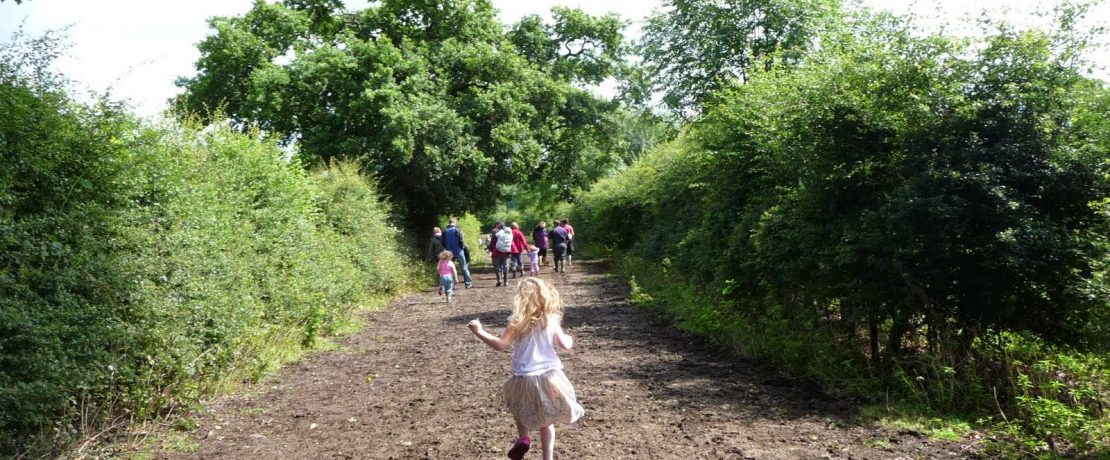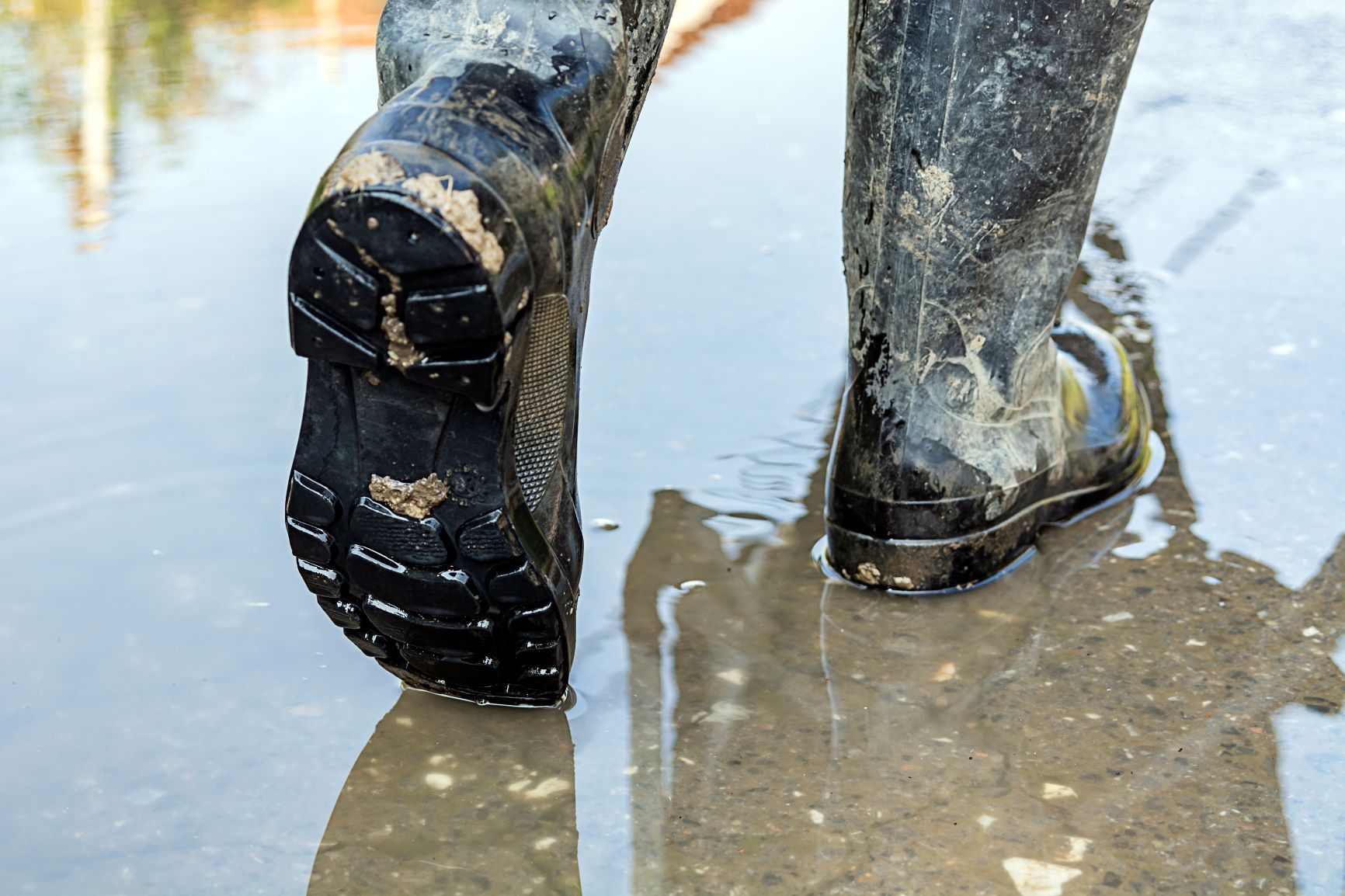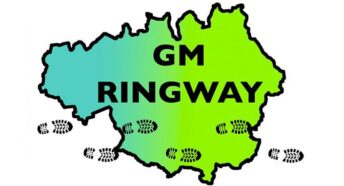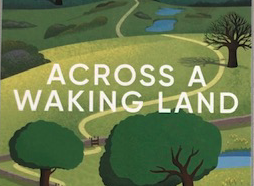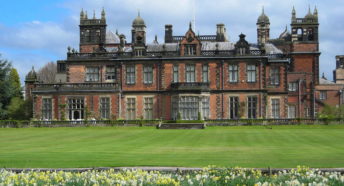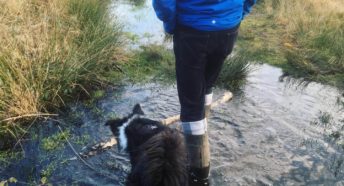The joy of a hedgerow
Student journalist Sophie Hayman muses on the special qualities of the humble hedgerow
There are many joys to nature, and everyone has their favourite. A lot of people will bask in the beauty that the countryside provides, with its rolling hills and glistening rivers. Others will enjoy the smell of the flowers or the roar of the wind through the trees. One joy that is often overlooked, and undervalued, would be the greatness that resides within the classic hedgerow.
These ancient boundaries can mark the transition between modern civilisation and the unchanged countryside, and have been around for a shockingly long time. In recent years, however, these simple treasures have been neglected or removed, leading to a loss in biodiversity and landscape character. A hedgerow can bring nature into the city centre: we must do more to raise awareness of their importance.

First and foremost, a hedgerow is more than just a barrier, it’s a home. These leafy bungalows provide a roof for many kinds of animals. In a hedge near your home, you could possibly find sparrows, hedgehogs, or even snakes living there. In fact, the Royal Society for the Protection of Birds (RSPB) states that in parts of the country where tree cover is lower, which would include Cheshire, up to 30% of our birds make their homes in hedgerows. If the number and length of hedgerows continues to decline, these creatures would have nowhere to go, vastly reducing the amount and range of wildlife in the area. Hedgerows allow for many different species of plants, insects and microorganisms to thrive within their branches and among their roots below the ground.
Within towns and cities, many hedges are formed of conifers, providing greenery and shelter for birds, but not supporting the greatest range of wildlife. By contrast, an ancient hedgerow supports a huge range of creatures, as it will normally include dead wood as well as the living hedge, which massively increases the range of organisms that can find their home there. The UK Biodiversity Action Plan names 130 species which are significantly associated with hedgerows, from reptiles and amphibians to lichens. These habitats are definitely worth protecting.
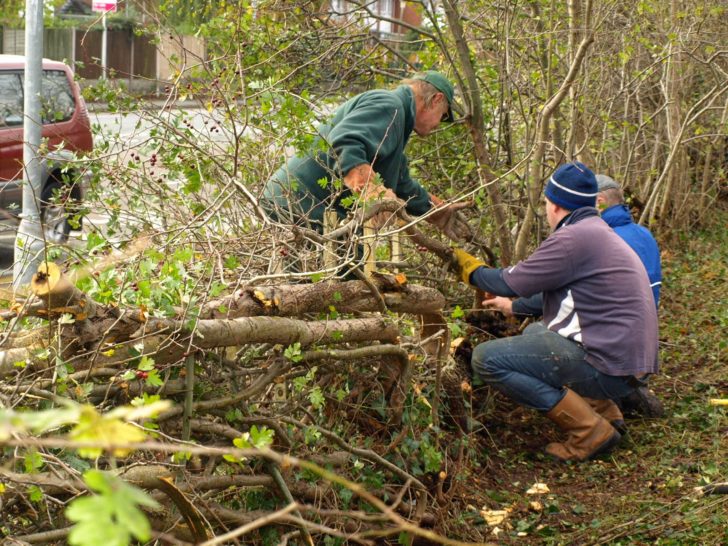
Their usefulness doesn’t stop there, however, they can do a lot more than that! They have been a part of British history for a very long time, most often as a form of farmland boundary. The RSPB suggests they have existed since the first Bronze Age and today, we can see them being used exactly how they were then. They are an important part of living history that sheds light on land use in our local area through time. As well, they act as wildlife corridors. In essence this is a path that animals can travel through safely, without the fear of human interference. Having a space where these creatures can travel to and from habitats, without danger from cars or roads, and hidden from predators provides a much needed helping hand to our native wildlife.
In short, the humble hedge provides a great service, not only to the creatures that live within them but also to the landscape they inhabit. I think this incredible wildlife zone deserves more love than it usually gets, so next time you see one, stop and have a closer look, see what you can see or hear, and take a moment to appreciate it for the wonder that it is.
Sophie Hayman is student journalist currently studying at the University of Chester. She has written articles for The Cat Media and takes a keen interest in environmental issues and the role of the Green Belt and nature on the doorstep.
